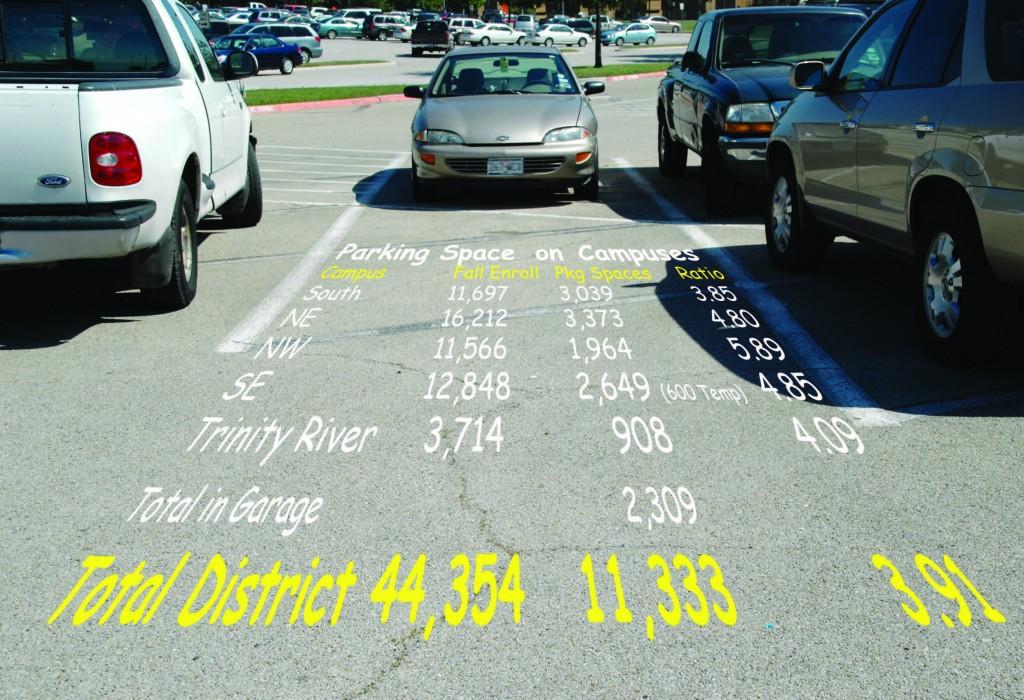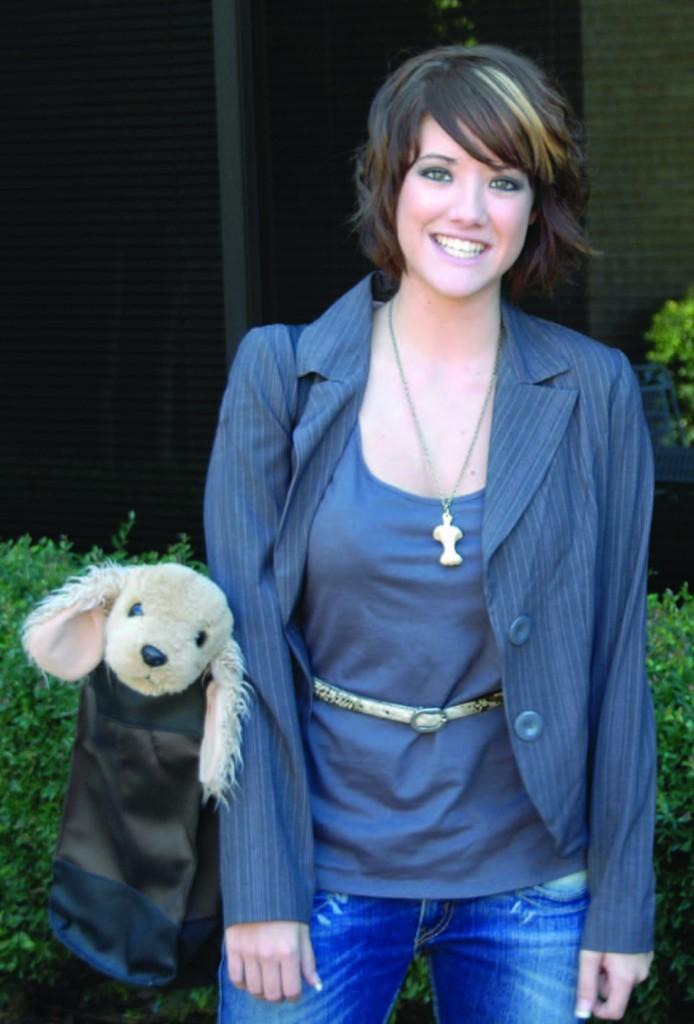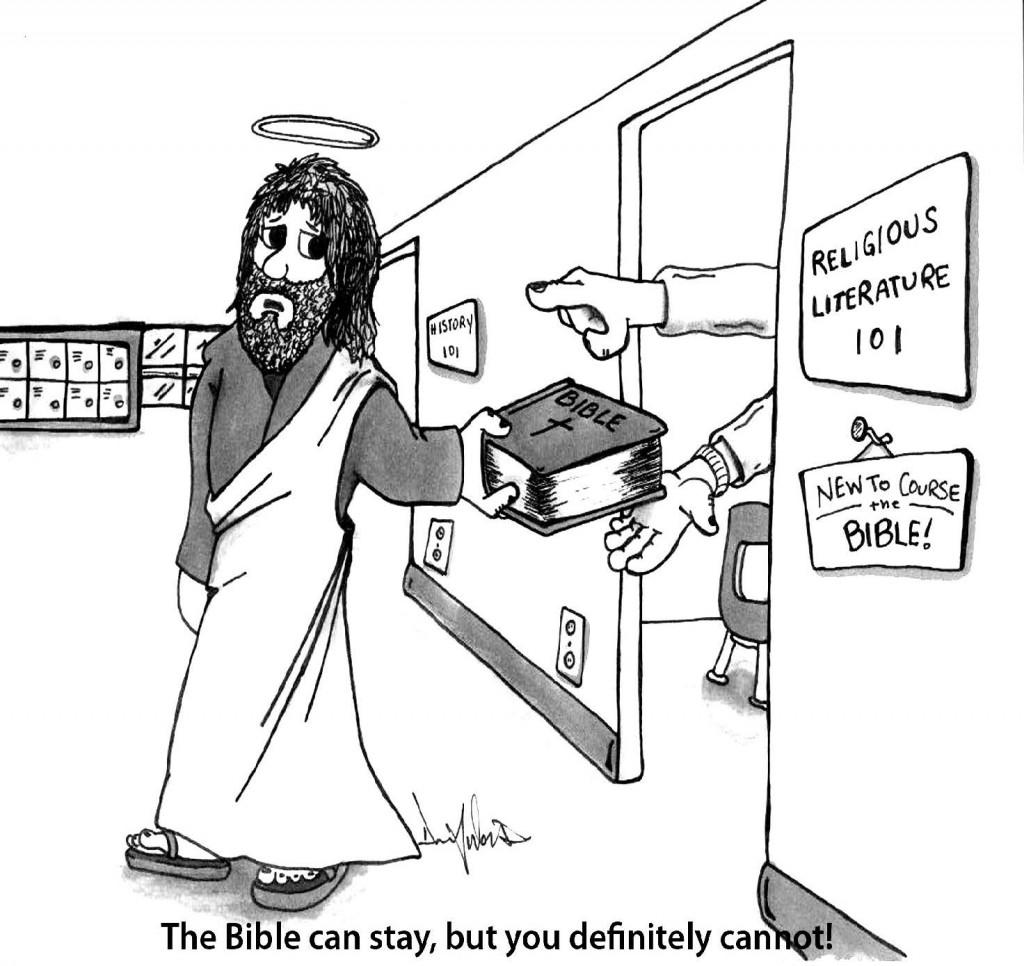By Kristina Kopplin/reporter
Students gained insights on using techniques and logistics to earn extra points on an exam during a South Campus presentation Sept. 22.
Annie Dobbins, counselor for the center for academic success, presented How to Take a Test and Pass.
“Learning to study is a totally different phenomenon than just doing homework,” she said.
Dobbins said studying is the active role of interpreting and applying the information. Once students unconsciously understand the material they will be tested over, it won’t make them as nervous as before.
Dobbins compared this to when children learn to ride a bike. They first may become nervous, but they keep trying, perfecting and developing the skill.
She described three parts of a test: “prepping before the test, actively taking the test and reviewing the test afterwards for comprehension.”
Before a test, Dobbins encouraged learning with the SQ3R academic study method: surveying, questioning, reading, reciting and reviewing the information.
Surveying the information is the process of skimming over the material and grasping a sense of what one will learn.
Questioning means students making notes about anything they do not understand or anything unclear that they can answer by reading the material.
Reading the material consists of digesting and applying the information.
Reciting and reviewing the information should sum up any unanswered questions and complete the foundation of storing the material, Dobbins said.
“Deep cognitive processing,” she said, “requires reflecting and applying the information.”
After completing all of these steps, Dobbins said students should review their notes daily, weekly and monthly until they are tested.
A daily review to recall the material includes getting involved with reading, listening and understanding the information.
By forming study groups in each class, Dobbins said students can build partnerships so they can “click” their information together.
“If one is mentally prepared for a test,” she said, “anxiety will reduce 75-80 percent, and it will seem much easier.”
The second part of the testing process is actively taking the test. Dobbins said students should learn which kind of test it is: objective, subjective or authentic assessment.
Students should read over the entire test at the beginning and not answer anything until they have absorbed what they will be tested over, Dobbins said. Then she said they should go to the section that they will have the best time with first. They can then move on to what they don’t know and use educated guessing methods.
“Extreme modifiers leave out exceptions and give you a reason to assume an answer isn’t correct,” she said.
If the test is multiple choice, students should help ease their minds by eliminating the detractors or the obviously wrong choices.
If the test is true/false, Dobbins said it is usually better to assume all choices as true if the student cannot prove it false.
Dobbins said by using these tools, students can increase their test scores by 10-15 percent, helping their grade-point averages.
The third part of the test, Dobbins said, is when students finish and can then relax.
“When you get your score back, if you made below an 80, I recommend going back over what you missed and comprehending the information as it will help you later on down the road,” she said.
Dobbins has been a counselor for 30 years and a social worker for 40 years. She is involved in helping students with learning deficits.
The center for academic success is located in SACA 1105B on South Campus.
Services include tutoring, book lending, computer resources, Internet access, Electronic Learning and Study Strategies Inventory testing, Accuplacer preparation study skill resources and college success information.



























